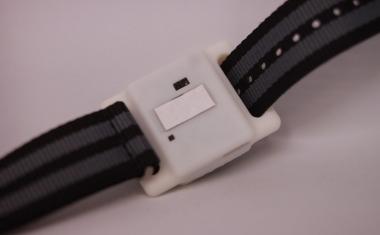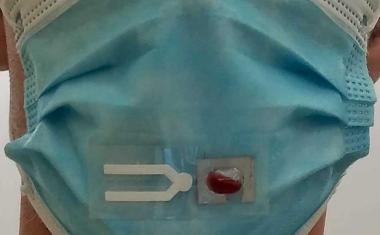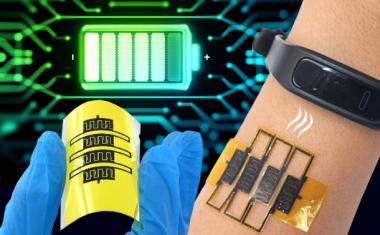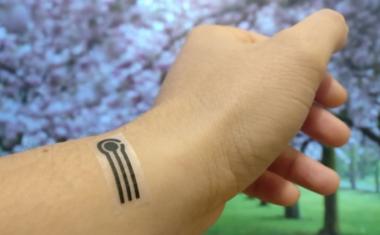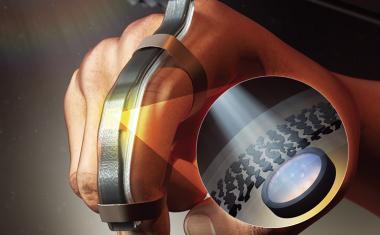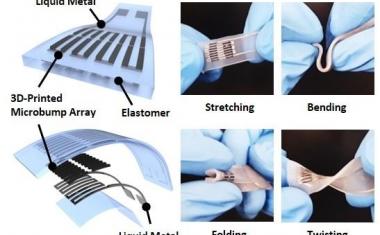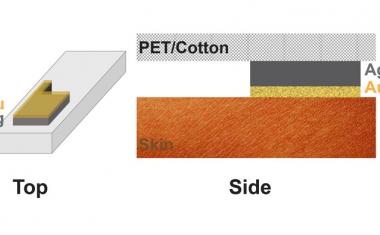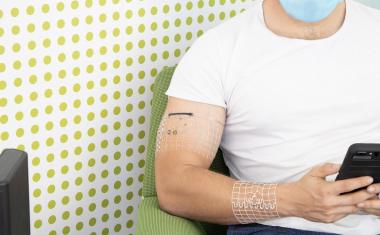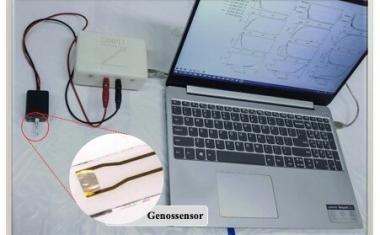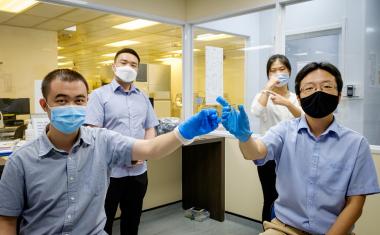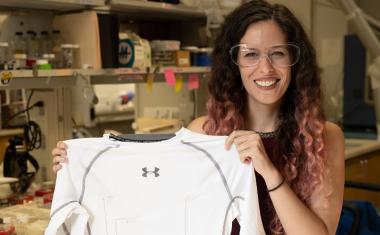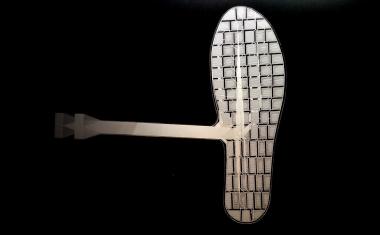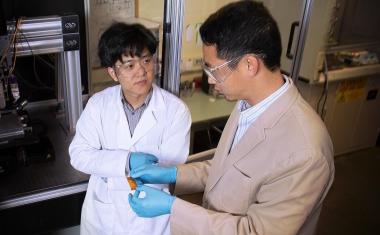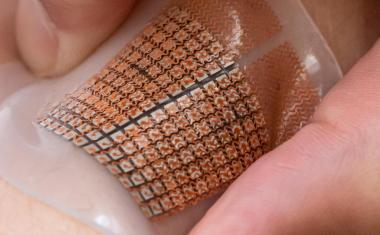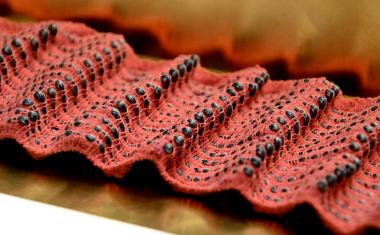Wearable monitors health using sweat
A device to monitor health conditions in the body using a person’s sweat has been developed by researchers at Penn State and Xiangtan University, according to Huanyu (Larry) Cheng, assistant professor of engineering science and mechanics, Penn State.
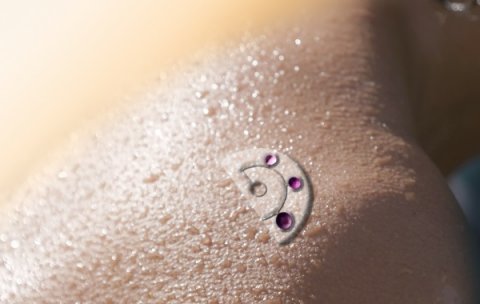
“We want to be able to analyze the sweat from daily exercise or from the heat of the sun because in sweat we have a lot ofbiomarkers, like pH and glucose that will be a really nice indicator for disease progression ordiagnostics,” Cheng said.
该设备将被应用到人体使用帕特ch that can be placed in a location near sweat glands. It consists of a small vial with multiple chambers that has a hydrophobic valve near the opening made of silicone rubber. The channel has a hydrophilic coating for easy collection of the sweat. Unlike other devices that require two openings, the single opening reduces the amount of evaporation, leading to longer storage time for later analysis.
It is also possible to do on-the-spot analysis using a colorimetric approach in which a color-coded analyte is preplaced in the various chambers that responds to the pH or glucose level and can be determined by the naked eye or the photo taken bysmartphones. Also, they can analyze the sweat at different time points using different chambers. This is called chrono-sampling. “The two-valve device is more complicated and requires using a clean-room technique called photolithography. Our simpler one-valve device can be made without expensive equipment utilizing micromachining,” Cheng said.
The device will be of interest to the healthcare industry, and particularly to athletics, where it can be used to monitor overheating or to adjust exercise levels for optimum performance. They are also collaborating with a researcher at Penn State Hershey Medical School on diseasemonitoring. They can have one chamber color-coded for pH, a second for glucose and third for sodium, all of which are markers for disease.



